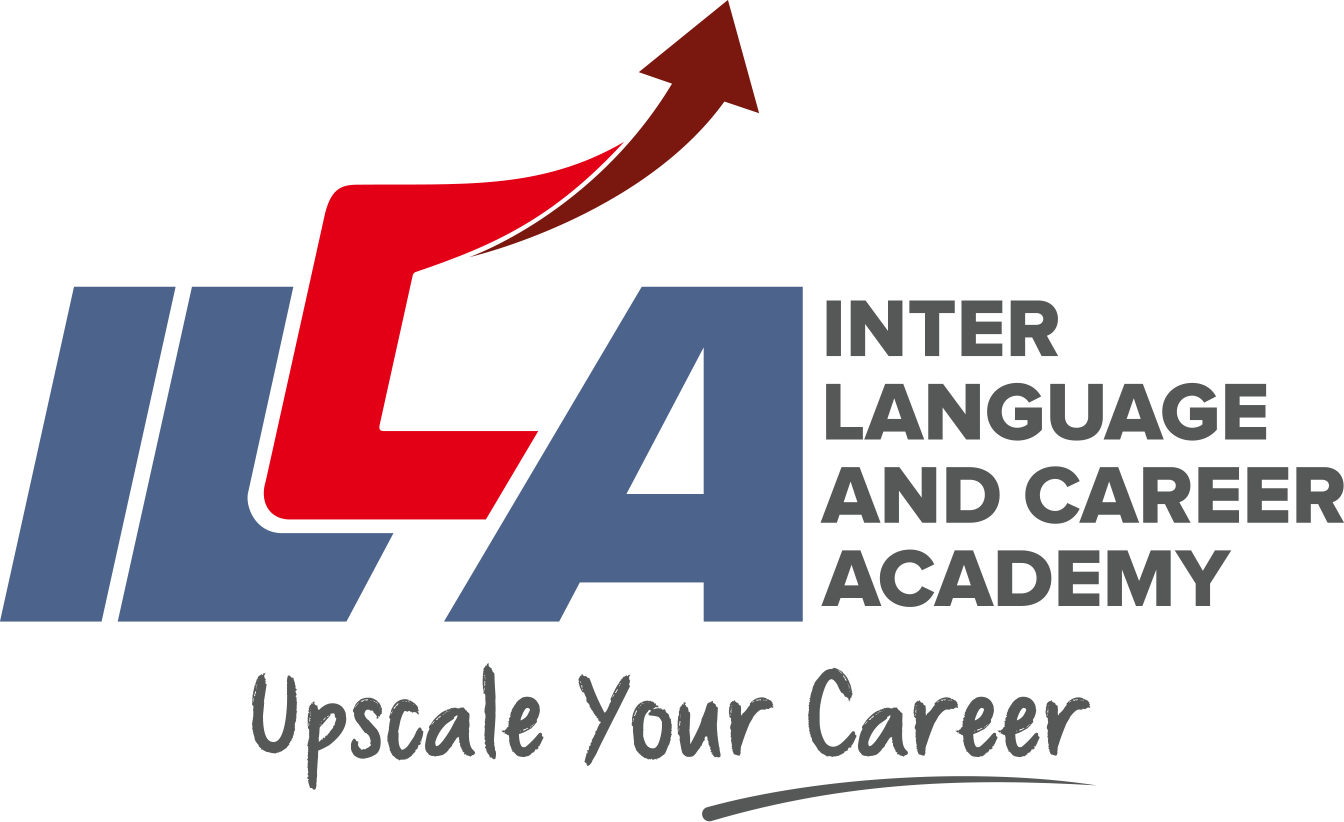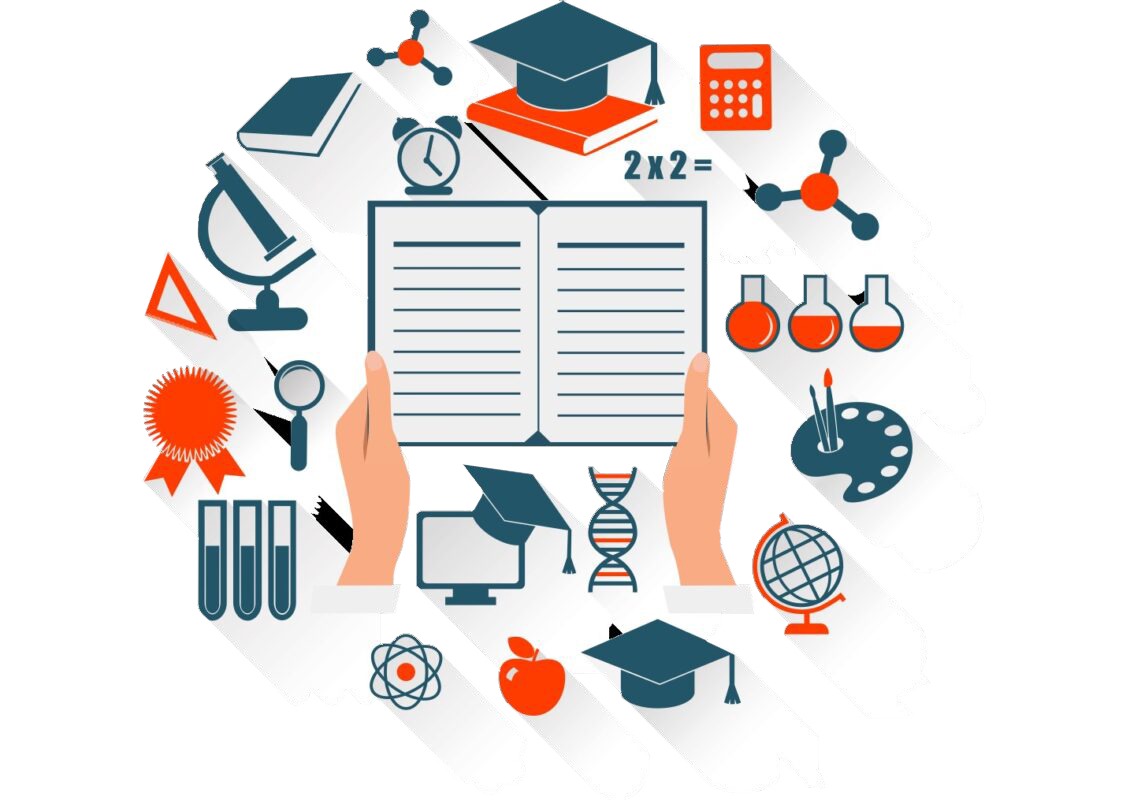With its rich cultural past and diversified environment, India has long been recognized for contributing to numerous sectors ranging from art and literature to science and technology. However, underneath this vibrant surface is a complex and multifaceted educational system that reflects the country’s significant socioeconomic gaps and problems.
This blog delves into the complexities of the Indian education system, examining its strengths, weaknesses, and continuous efforts to reform it for a brighter future.
- The Structure of the Indian Education System: From Pre-school to Higher Education.
The Structure of the Indian Education System: From Pre-school to Higher Education.
The Indian education system is structured into levels, each serving a distinct role in an individual’s academic journey. It is divided into four major stages:
- Primary School is the foundation level for youngsters aged 6 to 10. Primary education is often delivered by schools up to grade 5 or 6, aiming to instill fundamental literacy, numeracy, and foundational knowledge in various subjects.
- Secondary Education: Following elementary School, pupils join Secondary School from grades 6 to 10 or 12. The emphasis here broadens to incorporate a more extensive curriculum that includes languages, sciences, social studies, mathematics, and the arts.
- Higher Secondary Education: After completing secondary School, students can attend higher secondary education (grades 11 and 12), frequently specializing in a particular stream like science, commerce, or humanities.
- Higher Education: At this level, students can pursue undergraduate, postgraduate, and doctorate degrees in various fields. India has an extensive network of institutions and colleges, some recognized globally for academic excellence.
The Indian education system is structured into levels, each of which serves a distinct role in an individual’s academic journey. It is divided into four major stages:
- Primary School: This is the foundation level for youngsters aged 6 to 10. Primary education is often delivered by schools up to grade 5 or 6, with the goal of instilling fundamental literacy, numeracy, and foundational knowledge in a variety of subjects.
- Secondary Education: Following elementary school, pupils join secondary school, which lasts from grades 6 to 10 or 12. The emphasis here broadens to incorporate a larger curriculum that includes languages, sciences, social studies, mathematics, and the arts.
- Higher Secondary Education: After completing secondary school, students can attend higher secondary education (grades 11 and 12), frequently specialising in a particular stream like science, commerce, or humanities.
- Higher Education: At this level, students can pursue undergraduate, postgraduate, and doctorate degrees in a variety of fields. India has an extensive network of institutions and colleges, some of which are recognised globally for academic excellence.
- The Indian Education System: A Look at Its Strengths, Challenges, and Future Prospects
Strengths of the Education System
- Global Recognition:Indian universities and institutes have achieved international renown, attracting students from all over the world for higher education. Graduates from these colleges have made significant contributions to numerous sectors worldwide.
- Cultural Diversity: The Indian education system embraces the country’s diversity by integrating a variety of languages, faiths, and customs into the curriculum. This encourages student solidarity and tolerance for diverse cultures.
- Technical Expertise:India has a sizable pool of highly skilled individuals in science, technology, engineering, and mathematics (STEM). This has aided the country’s advancement in global information technology (IT) and other fields.
Challenges Faced by the Education System
With nearly 1.3 billion students enrolled in educational institutions, India has one of the world’s largest education systems. However, the system has several obstacles, including poor infrastructure, low academic quality, and high dropout rates.
- Inadequate infrastructure: One of the most serious difficulties confronting India’s educational system. Many Indian schools lack appropriate classrooms, wardrobes for keeping books, washrooms, and drinking water. Pupils have to carry bulky backpacks to school daily, making it harder for them to study and leading to health issues.
- High dropout rates: The dropout rates in India are high, especially among girls and children from rural areas. This is due to several factors, such as poverty, child labor, and lack of access to education.
- Disparities and Inequality:One of the most significant concerns is the stark inequality between urban and rural areas and across socioeconomic backgrounds. Access to a decent education is frequently limited for persons from marginalized groups, reinforcing socioeconomic disparities.
- Obsolete Curriculum:The curriculum in many schools and universities needs to be updated, failing to keep up with the fast-changing requirements of the labor market and technological breakthroughs.
- Rote Learning vs. Creativity:Concentrating on rote learning and a strict evaluation system frequently hinder pupils’ creativity and critical thinking skills. As a result, the pupils excel in memorizing information but suffer with problem-solving and innovation.
- Teacher Scarcity and Quality: India needs more trained and dedicated teachers, particularly in rural regions. Furthermore, the quality of educator training programs must be improved to imply better instructional methods and classroom experiences.
Despite these problems, India’s education system has significantly progressed. Literacy in India has improved from 18% in 1951 to 77.7% in 2020. The number of schools in India has also dramatically expanded. The Indian government is dedicated to strengthening the country’s education system. The National Education Policy (NEP) 2020 is a significant step in this direction. The NEP seeks to make education more accessible, fair, and inclusive. It also strives to raise educational quality in India.
Reforms and Future Prospects
The Indian government and numerous educational organizations have recognized the need for substantial reforms to solve the difficulties in the education system. Among the initiatives and possible areas for development are:
- Digitalization and E-Learning:The fast advancement of technology provides a chance to bridge the educational gap by offering access to excellent information and resources via e-learning platforms.
- Practical Learning:Practical and project-based learning techniques are increasingly used to develop creativity and critical thinking. This helps students to apply their knowledge in real-world settings, preparing them for future problems.
- Skill Development:Integrating skill development programs into the curriculum may assist students in learning practical skills which correspond with industry expectations, making them job-ready upon graduation.
- Focus on early education:Investing in early childhood education may substantially influence a child’s cognitive and social development, laying the groundwork for future learning.
- Teacher Training and Incentives: Improving teacher training programs and offering incentives to recruit and retain talented educators will improve educational quality overall.
- The National Education Policy 2020: A New Era for Indian Education
The Indian government adopted the National Education Policy (NEP) in 2020. The new policy contains significant modifications to present India as a global knowledge superpower. The NEP is a comprehensive revamp of India’s education system to make education more accessible, fair, and inclusive. It also strives to raise the standard of education in India.
Some of the major changes in the school system and curriculum as of 2023 include:
- A new educational structure: The NEP replaces the 10+2 framework with a 5+3+3+4 system. This means that children will now spend five years in elementary school, three years in middle school, three years in high school, and four years in further education.
- A focus on the 4C’s: The 4C’s of 21st-century skills are Critical thinking, Creativity, Collaboration, and Communication which are essential for learners to achieve their goals and succeed in academics and the workplace. The NEP emphasizes holistic education, which implies that pupils will be taught academic courses and life skills like critical thinking, problem-solving, creativity, and collaboration.
- A focus on digital education: The NEP also prioritizes digital education, which means that students will be taught how to use technology to learn and solve problems.
- A focus on vocational education: The NEP additionally emphasizes vocational learning, which suggests that students will have the chance to master skills that can prepare them for the workforce.
- The NEP 2020: A Closer Look at the Key Changes
The NEP marks a huge advancement for India’s educational system. It is a holistic and ambitious approach for reshaping education to make it more relevant to the needs of the twenty-first century.
Here are some of the curricular modifications made because of the NEP:
- Creativity and critical thinking:The NEP strongly emphasizes Creativity and critical thinking. Students will be taught to think for themselves and solve issues creatively as a result of this. The NEP is a substantial shift from India’s prior education system. It is a more comprehensive and progressive approach to education that attempts to prepare learners for the challenges of the 21st century. The NEP’s long-term impact cannot yet be predicted, but it is a promising start.
- Foundational Literacy and Numeracy:The NEP highlights the importance of foundational reading and numeracy. This means that students will be taught core reading, writing, and arithmetic skills at an early age.
- Multidisciplinary learning:The NEP encourages and fosters multidisciplinary learning. This means that students will be taught in more integrated ways rather than in separate silos.
- Emerging Technologies:The utilization of developing technologies in education is emphasized in the NEP. Students will be taught how to research and resolve problems using technology.
India’s education system has a promising future. With the government’s dedication to improving education and raising awareness of the value of education, India’s education system is prepared to make additional strides in the years to come. The system is also a rich tapestry of achievements and setbacks. While it has generated exceptional brains and helped the country’s progress, reforms are currently required to address disparities and areas for improvement. India can unleash the immense potential of its adolescents by embracing innovation, encouraging creativity, and guaranteeing inclusion, paving the path for an effective educational system that will inspire future generations.

